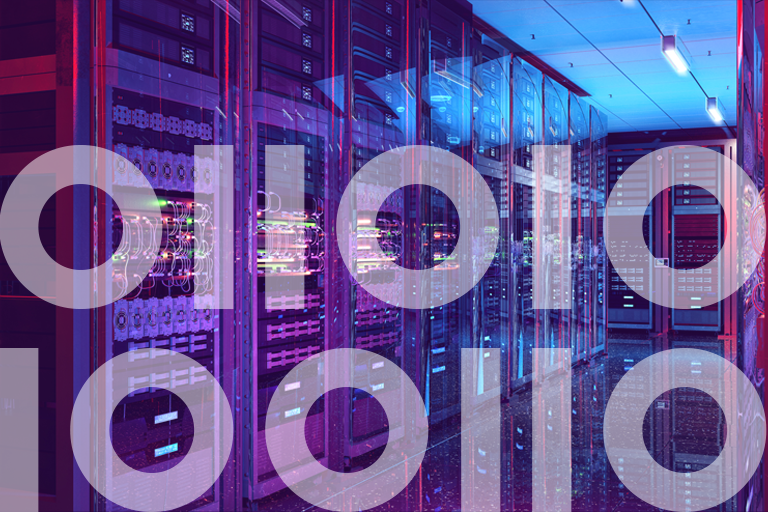Blockchain is one of the hottest tech buzzwords. Mainframes, although still very much alive and well, ceased to be a hot topic decades ago. You might not think, then, that blockchain and mainframes have much to do with each other.
But you’d be wrong. There are some interesting potential use cases involving blockchain on mainframe computers, and IBM is leading the charge to make them a reality. Let’s take a look at how and why IBM is bringing them to the mainframe.
What is blockchain?
To be clear, when we mention blockchain, we are not just thinking about bitcoin and cryptocurrency.
Blockchain is about much more than virtual money. It’s a way of storing data transparently and securely. In any context where you have to store or share information, a blockchain could potentially offer value.
If you are already familiar with blockchain, you probably know this. But since most mainstream media coverage of blockchain still focuses on just bitcoin, it’s important to note that it’s much bigger than that.
Blockchains and mainframes: how they come together
Again, if you are familiar with the subject, you may also know that IBM has emerged as perhaps the single most important tech company offering enterprise-focused blockchain solutions. IBM has an entire blockchain platform designed for enterprise users. And it has signed blockchain-centric deals with customers and partners ranging from the Australian government to UBS.
What does any of this have to do with mainframes, you ask? Well, this: IBM also happens to be the one of the most important vendors in the world of mainframes.
It is perhaps only natural, then, that IBM now offers support for running blockchains on Z systems.
IBM’s pitch for blockchain on mainframes centers around leveraging the reliability of mainframes for hosting data that is stored in a blockchain.
That seems like a good selling point. By pairing with mainframes, organizations can double-down on data reliability. Mainframes have a reputation as one of the most reliable types of infrastructure available today. At the same time, blockchains can increase data reliability because they distribute data across a wide network of hosts.
In addition, hosting a blockchain on a mainframe allows organizations to take advantage of the tremendous computing power offered by mainframe systems. That is also important in this context because compute-intensive tasks, such as cryptographic hashing, are often an important part of blockchain use cases. Since commodity servers are not always up to this challenge, mainframes could help close an important infrastructure gap for companies seeking to build their own blockchains.
Not your average blockchain
IBM’s offerings appeared designed for companies that want to set up private (sometimes called “permissioned”) blockchains, rather than the type of public blockchains that are used for things like recording bitcoin transactions. That is a big difference between the types that organizations might host on Z systems and those that run publicly.
Still, private blockchains are an important use case for companies that want to take advantage of the reliability, security and transparency features for internal use, but don’t want to share their data with the entire world. IBM is catering to exactly this type of customer.
Conclusion
If you’ve read this far, you should have a clear sense of why IBM believes blockchains and mainframes have a lot to gain from each other. Although it’s still early days for real-world use cases involving blockchain on mainframes, the value offering is clear.
Make sure to check out our eBook: Getting the Most Out of Your Mainframe.







